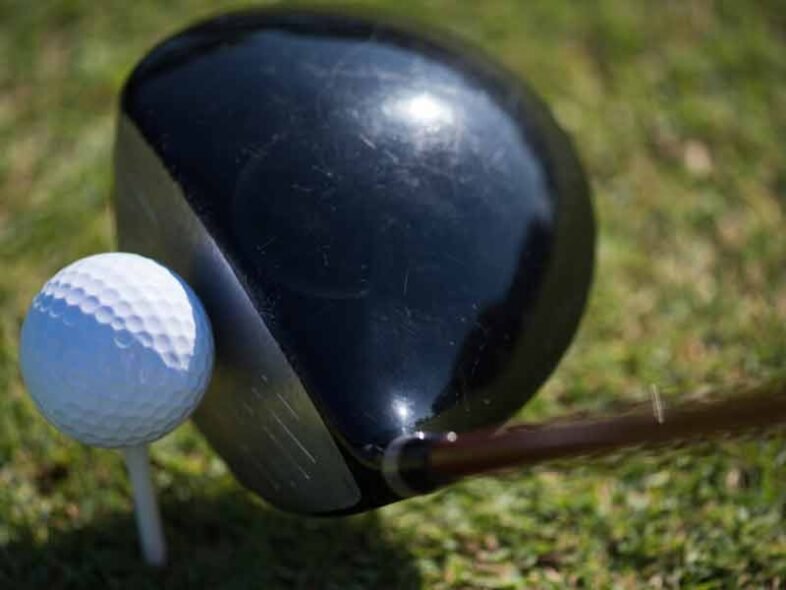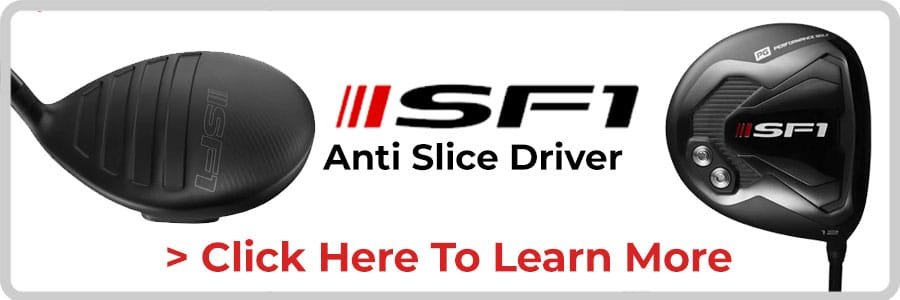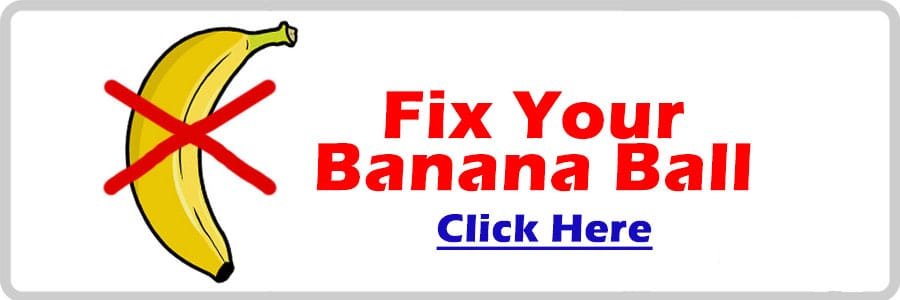Have you ever found yourself frustrated on the golf course, slicing the ball more often than you’d like? You’re not alone; many golfers face this issue. While there are various strategies to improve your swing, one question often arises: should I try a lighter or heavier clubhead to reduce a slice? Let’s break down this topic so you can make a well-informed decision.
Understanding Slicing
A slice is a common shot among amateur golfers, characterized by a left-to-right spin for right-handed players (and right-to-left for left-handed players). This often results in a curved ball flight that lands far from the target. Understanding why you slice your shots is essential in determining how to correct it.
What Causes a Slice?
Several factors contribute to creating a slice. It’s crucial to identify which one(s) affect your game. Here are a few common culprits:
- Open Clubface at Impact: If the clubface is open relative to the swing path when you make contact with the ball, it can impart sidespin causing a slice.
- Outside-In Swing Path: Many slicers have a swing path that moves from outside the target line to inside, creating a glancing blow on the ball.
- Poor Grip: An improper grip can cause the clubface to remain open at impact, leading to slicing.
Recognizing the root cause of your slice can help you determine whether adjusting your equipment is the solution.
The Role of Clubhead Weight in Golf
When it comes to equipment, the weight of your clubhead plays a significant role in your performance. The weight can affect your swing speed, control, and ultimately, your ability to hit straighter shots.
Lighter Clubheads
Lighter clubheads can be more forgiving and may help in certain situations, especially for those just starting their golfing journey or with slower swing speeds.
Advantages of Lighter Clubheads
- Increased Swing Speed: You might find that you can generate a faster swing with a lighter clubhead, helping you achieve more distance.
- Easier to Control: With a lighter head, you may find it easier to control your swing and make adjustments as needed.
- Reduced Fatigue: If you plan on playing several rounds or spending long hours at the range, a lighter clubhead can minimize strain on your wrists and arms.
Disadvantages of Lighter Clubheads
- Loss of Feedback: A lighter clubhead can sometimes result in less feel for the shot, making it tricky to understand how to adjust your swing.
- Less Stability: This might lead to additional control issues, especially for golfers who already struggle with slicing.
Heavier Clubheads
On the opposite end of the spectrum, heavier clubheads present their own set of benefits and challenges.
Advantages of Heavier Clubheads
- More Stability: A heavier clubhead can provide more stability during your swing, which may help you keep the face of the club square at impact.
- Better Feedback: You could find better feedback with a heavier club, helping you to better understand your shots.
- Control Over Slice: Golfers often say that a heavier clubhead helps them to keep their swing path in check and reduces the tendency to slice.
Disadvantages of Heavier Clubheads
- Swing Speed: Heavier clubs might slow down your swing speed, leading to decreased distance.
- Fatigue and Tiring: If you’re not accustomed to using heavier clubs, fatigue can set in faster, impacting your overall performance.
Which Should You Choose?
Now that you have a clearer understanding of lighter and heavier clubheads, you might be wondering which one is right for you. Unfortunately, there’s no one-size-fits-all answer, as it largely depends on your individual game.
Factors to Consider
- Your Swing Speed: Faster swing speeds typically can benefit from heavier clubheads, while slower swing speeds may perform better with lighter ones.
- Your Skill Level: Beginners could favor lighter clubheads for added control, while more experienced players might want to experiment with heavier options for increased stability.
- Slicing Severity: If slicing is a major problem, a heavier clubhead could provide you with the stability needed to correct your path.
Custom Fitting
Before making a decision, consider getting custom-fitted for clubs. A professional fitting will provide you with insights on what weight, size, and type of clubhead works best for your specific game. Here’s what to expect during a fitting session:
The Fitting Process
- Assessment of Swing: A professional will analyze your swing type, speed, and other essential metrics.
- Testing Variations: You’ll likely try out various clubhead weights and see how each affects your performance.
- Recommendations: After testing, the fitter will make tailored recommendations to improve your game.
Testing Your Clubhead
If you choose to make changes to your equipment, it’s essential to test how the new clubhead feels in actual play conditions. You might want to do the following:
- Practice Sessions: Spend time at the driving range trying out your new clubs.
- Track Your Shots: Keep a record of your performance to identify any changes in your slicing pattern.
- Seek Feedback: If you play regularly with friends or have an instructor, get their input on how the clubs are working for you.
Additional Equipment Considerations
While clubhead weight is significant, it’s crucial to remember that other factors can also contribute to slicing.
Grip
The right grip can make a world of difference in your performance. Here are some key points:
- Grip Size: Ensure you are using the right grip size to prevent an open clubface.
- Grip Pressure: Maintain a light grip pressure to allow for better clubface control.
Shaft Flexibility
The flexibility of your shaft can also impact your slice. A more flexible shaft can help you achieve a better swing path while a stiffer shaft may lead to further slicing.
- Regular Flex: Suitable for players with slower swing speeds.
- Stiff Flex: More suited for players with faster swing speeds.
Ball Choice
You might not have considered that the type of golf ball you use can also contribute to your slice. A ball designed for low spin could help counteract a slice.
Training Drills to Combat Slicing
In addition to equipment changes, working on your technique can significantly reduce your slice. Here are some drills you can incorporate into your practice routine:
1. The Closed Stance Drill
Find a practice area and set up your stance with your feet aimed slightly right of the target. This adjustment encourages an inside-out swing path, reducing the chances of an outside-in slice.
2. The Tee Drill
Place a teed ball on the ground and aim to hit the ball while keeping your clubhead moving inside your target line. This drill can help develop better swing mechanics.
3. The One-Handed Drill
Practice swinging with only your dominant hand to improve control over the clubface. This drill helps enhance feel and can lead to a more controlled swing using both hands.
Conclusion
Overall, the choice between a lighter and heavier clubhead to combat a slice depends on various personal factors including swing speed, skill level, and comfort.
If you often find yourself struggling with slicing, experimenting with your clubhead weight is a worthy avenue to explore. Remember, equipment changes can complement practice and technique adjustments, enhancing your overall performance on the course.
By taking the time to assess your own strengths and weaknesses and seeking professional advice when necessary, you’ll be better equipped to make the choices that fit your game. Whatever path you choose, keep a positive mindset and enjoy every moment on the golf course. You’re making strides towards improvement, and that’s something to celebrate!







